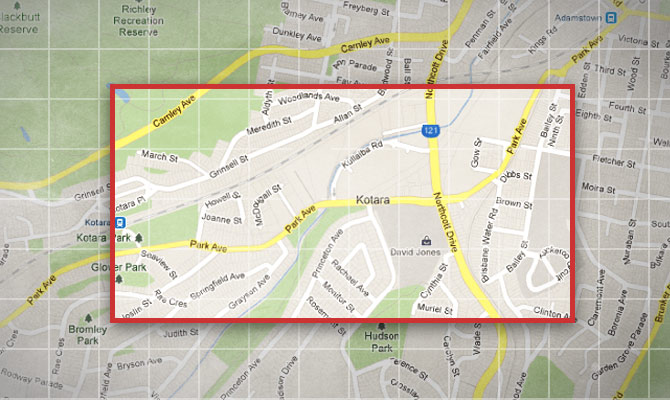
Tattooing: An Ink Epidemic

The city of Newcastle is reviving its image and reputation from that of an old industrial town into a vibrant hub for creative individuals. Various local schemes are handing the reigns of the city’s image to emerging designers, artists and entrepreneurs enabling and empowering the residents of the once famed Steel City to make their mark on the town and, it seems, themselves. What was previously the domain of sailors, jailbirds or tribal collectives now appears to be the most cutting edge way for Novocastrians to assert their individuality. It seems as though every second student, store owner or soccer mum is getting inked, which begs a certain degree of irony in that if everyone’s doing it, just how unique does this make an individual?
Tattooing is ancient; it has been around since the Stone Age and has filtered into contemporary Western society originally from the practices of certain Polynesian cultures that used tattoos to associate people with tribal groups, these practices were adopted by eighteenth century sailors as they stumbled across tattooed tribes.
While the tribal tattoos differentiated between clans, or signified particular feats of merit in their primitive cultures, the sailors inscribed their own meaning, many citing their unique markings as a means of recognition should they drown at sea. However, in a society where merits are recognised through verbal or material praise and the likelihood of the average Novocastrian drowning at sea in their attempts to find an unchartered land are realistically slim to none, the point and prevalence of tattoos in Newcastle is somewhat confusing.
I don’t mean to be taking some kind of tattoo moral high ground; I am not necessarily opposed to the aesthetics of some tattoos. It is the overwhelming amount of analogous body art walking down Darby, Hunter or King Streets on any given day that intrigues me. What is the point? If one is to be tattooed to differentiate themselves from a myriad of others, then why is it that tattoos that are similar (if not the same) are cropping up all over town? While the indelible ink is claimed to have some intrinsic personal beauty to the beholder, we’ve seen that a ten year old tattoo does certainly become a little less beautiful and surely it’s not so personal if it’s on display to the world? Prisoners of Nazi concentration camps were tattooed with a unique mark for identification purposes, similarly, so are cattle. The branding of our contemporaries has yet to produce any real rationale.
I’m sure there are some inked individuals who will offer sentimental reasons for their tattoos. For example having their Childs name emblazoned on their flesh. Yet I suggest the permanency of a child might be enough. Or those who have a memorial tattoo of a deceased friend or relative, again not something you’re likely to forget and also terribly morbid, but this article is not to tell you how to grieve. Nor is the aim of this article to offend the aforementioned. My main qualm is with the re-runs of owls, Mexican skulls, copy-cat sailor tatts’, rosary beads, swallows and chest plates. The only conclusion that can be drawn from the abundance of these is that they are trendy. Pokémon cards, you had a good run. Yo Ho Diabolo, you tried your best. Tattoos have emerged in Newcastle as a fashion fad more permanent than any of its predecessors.
It’s not news that one in three Australians in their mid thirties has a tattoo and that Generation Y is the first generation in which tattoos have become mainstream. Social Researcher Mark McCrindle says that “Tattooing is ubiquitous, and we haven’t seen a whole generation get tattoos in such prominent ways, then move through their 50s and 60s” (source).
So, while conservative mothers and fathers would once warn against tattoos and the appearance they will have in ten or twenty year’s time, it isn’t going to be so shocking when everyone else looks the same.
It can now only be hoped that they prove to be a better decision for the owners of this permanent accessory, than it was for the fringe rebels of the 90s who adorned themselves with Chinese symbols, Celtic bands or Southern Cross’. Let’s hope in particular that no current tattoo trends have the same turn around as that of the Southern Cross, it was once a symbol of patriotism and is now not-so-affectionately referred to as the “Aussie Swazie”.
Trends and interpretations are difficult to predict, perhaps a less permanent alternative should take hold of our City. With designer brands taking the lead and releasing temporary tattoos, this may just be the easiest and not to mention most pain-free way to partake in this trend.
Whatever the case, for the sake of the tattooed, I hope it is a trend that sticks around. Forever.






I think it is rather ingrained!